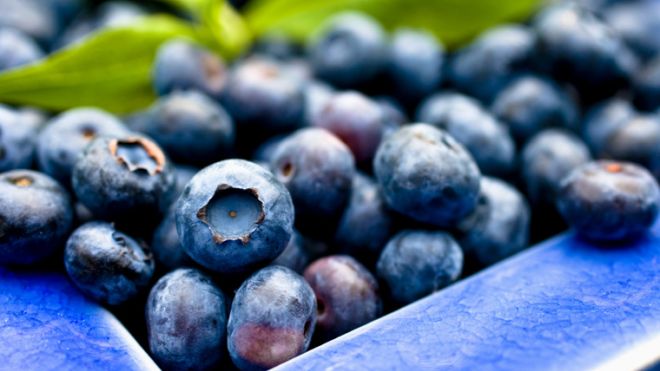Be picky about fruit: Best ways to get your daily servings
It’s important to eat fruit throughout the year, and one of the perks of summer is there’s greater variety of fresh fruit to choose from.  According to the USDA’s Dietary Guidelines adults on a 2,000-calorie diet should eat about two cups of fruit per day, and for optimal health benefits it’s a good habit to eat a colorful mix.  But watch how you get your fruit because some commercial fruit products lose nutrients in processing and pack a lot of extra calories from added sugar. Fruit drinks Many commercial fruit juices are not 100 percent juice; some are so watered down that their taste comes from artificial flavors and sugar. To know what you are getting read the ingredients list on the nutrition label.  Juicing at home gives you more control over freshness and quality, but be sure to juice fruit with the skin or you could be throwing away some of the best nutrients. Case in point: a whole apple has 4g of fiber while apple juice pressed without the skin may have little to no fiber. Frozen fruit Did you know that frozen fruit may actually be more nutritious than the whole fruit at the supermarket?  That’s because whole fruit headed for the produce aisle is picked before it is fully ripe whereas frozen fruit is processed right in the field with fruit picked at its nutritional peak. Canned fruit Canned fruits, like frozen, are usually harvested at when they are fully ripe, but be sure to check how it has been prepared and packed. Some canned fruits swim in heavy sugar-based syrup that adds extra calories. Your best bet is to go with fruit canned in light syrup or better yet its own juice.  If your canned brand does contain added sugar you can rinse much of it off right before eating. Fruit safety Sometimes harmful bacteria can contaminate fresh fruits during harvesting. Avoid buying fruit that is bruised or visibly damaged, and it’s best to keep perishable fruits refrigerated at or below 40°F. And wash your fruit thoroughly even if you don’t intend to eat it with the skin. For advice on healthy eating, drinking and weight loss, check out my new book The Miracle Carb Diet: Make Calories and Fat Disappear – with Fiber! Tanya Zuckerbrot MS, RD, is a registered dietitian in New York City and author of the Miracle Carb Diet: Make Calories and Fat Disappear – with fiber as well as the bestselling F-Factor Diet. Become a fan of Tanya on Facebook, follow her on Twitter and LinkedIn, and visit her website Ffactor.com.source : http://www.foxnews.com/health/2013/06/11/be-picky-about-fruit-best-ways-to-get-your-daily-servings/




